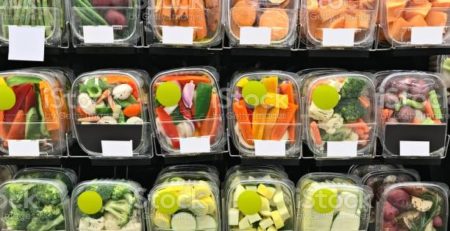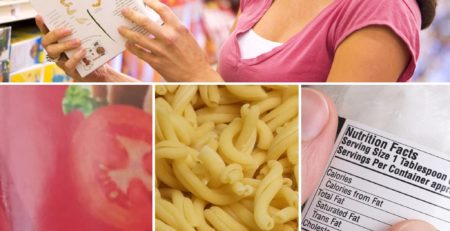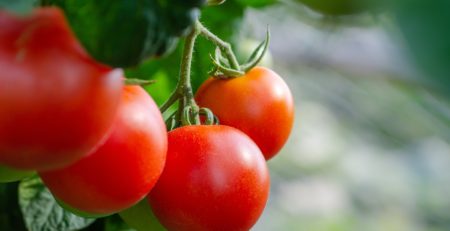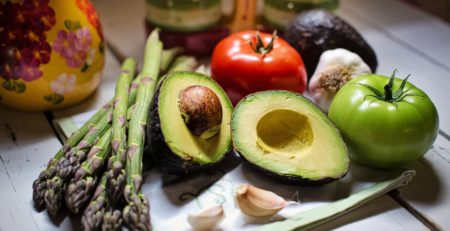EU Regulation n. 2018/775: obligation of origin on the label from 1 April 2020
EU Regulation 2018/775 introduced the obligation to specify on the label the indication of the country of origin or place of provenance: in the event that the omission of such indication could mislead the consumer with regard to the country of origin and the actual place of origin of the food and in particular if, as a whole, the information on the label or accompanying food suggests that it has a different origin for the meat of the Combined Nomenclature (NC) codes listed in Annex XI of the Regulation (EU) n. 2011/1169. EU Regulation no. 2011/1169 defines the primary ingredient as “the ingredient or ingredients of a food that represent more than 50% of this food or that are usually associated with the name of this food by the consumer and for which in most cases it is a quantitative indication is required “. Based on the definition, therefore, the origin must be specified not only of the primary ingredient in the strict sense but also of the characteristic ingredients of the product (QUID).
When to apply EU Regulation n. 2018/775?
This regulation applies: when the country of origin or the place of provenance of a food is indicated by wordings, illustrations, symbols or terms referring to places or geographical areas except for the terms appearing as usual and generic names whose common interpretation does not it is an indication of the country of origin or place of origin. This regulation does NOT apply to: geographical indications protected under the regulations (EU) n. 2012/1151, (EU) n. 2013/1308, (EU) n. 2008/110, (EU) n. 2014/251 to the indications protected by virtue of international agreements of registered company marks, where the latter constitute an indication of the origin.
Indication of the country of origin or place of origin of the primary ingredient
The indication of the country of origin or place of origin of a primary ingredient when it is different from that of the food must be included on the label:
a) with reference to one of the following geographical areas:
1- “EU”, “non-EU” or “EU and non-EU”;
2- or a region or any geographical area within different Member States or third countries, if defined as such by virtue of international law or is clear to the average consumer who is normally informed;
3- or the FAO fishing area, or the sea or the body of fresh water if defined as such under international law or is clear to the average consumer who is normally informed;
4- one or more Member States or third countries;
5- or a region or any other geographical area within a Member State or a third country that is clear to the average consumer who is normally informed;
6- the country of origin or place of provenance, in accordance with the specific Union provisions applicable to the primary ingredients as such, or
b) or by the following wording: “(name of the primary ingredient) does not originate / do not come from (country of origin or place of origin of the food) “or a formulation that may have the same meaning for the consumer.
Indication of origin
The information relating to the country of origin or place of provenance must comply with the following characteristics: they must be reported with characters not smaller than those provided for by Article 13, paragraph 2 of Regulation (EU) no. 1169/2011, if they are indicated with words they must appear in the same visual field of the country of origin or place of provenance of the food and in characters whose median part (height of X) is at least 75% of that used to indicate the country of origin or place of origin of the food; if they are not indicated with words they must appear in the same visual field as the indication of the country of origin or the place of provenance of the food.
This Regulation will come into effect as of 1th of April 2020.
For foods labeled and placed on the market before the date of application of the regulation, an exemption is required until stocks are exhausted.











